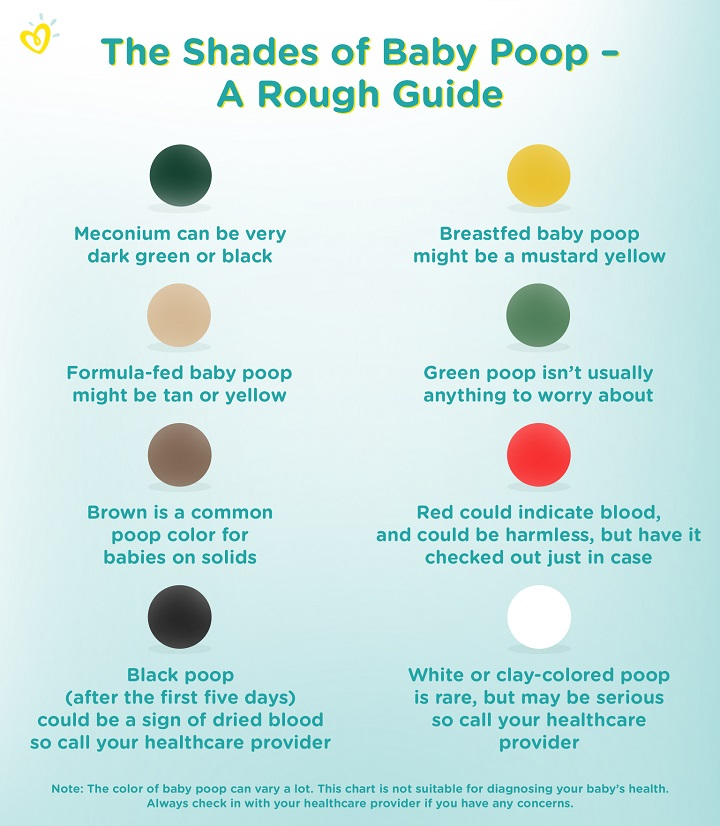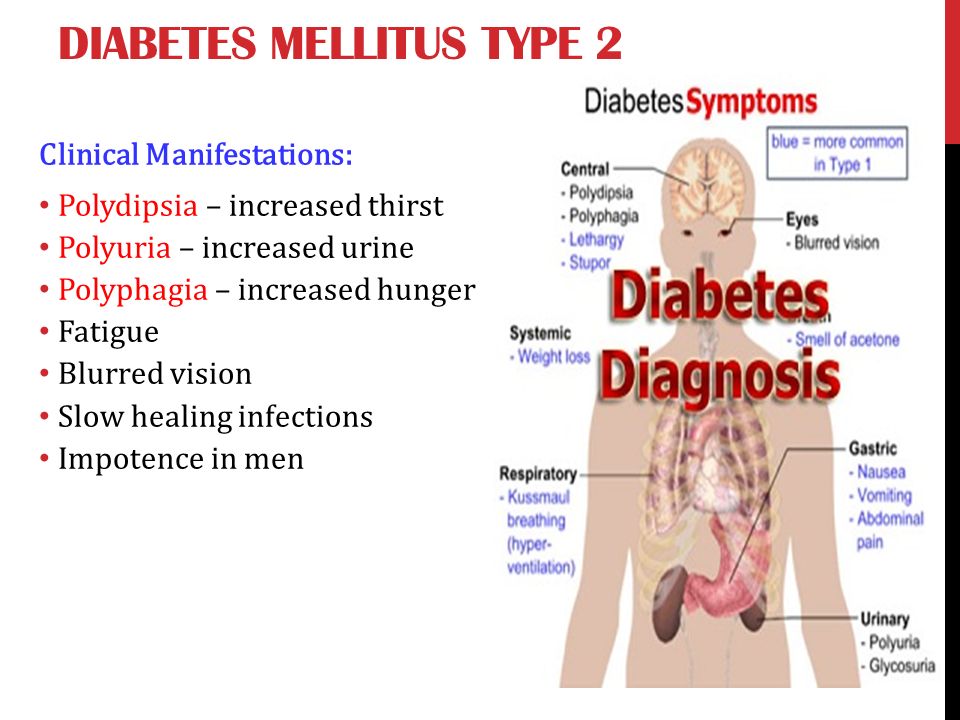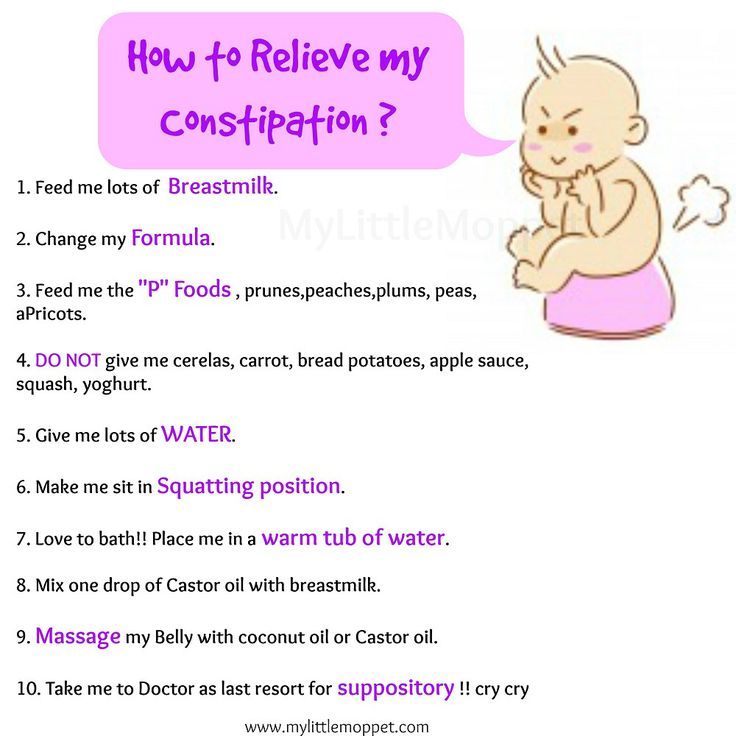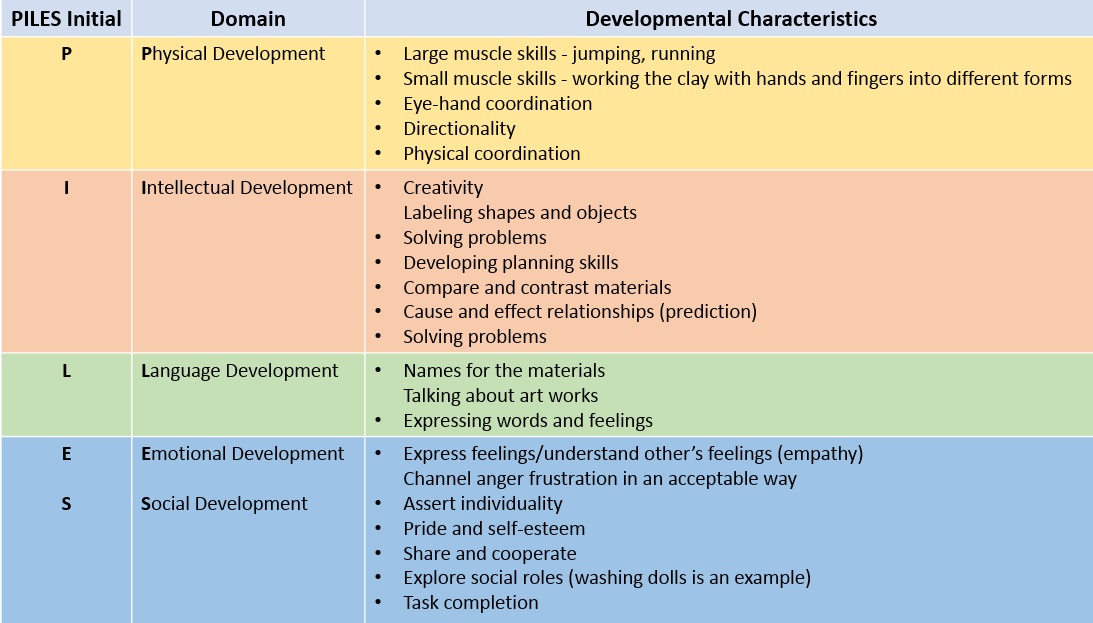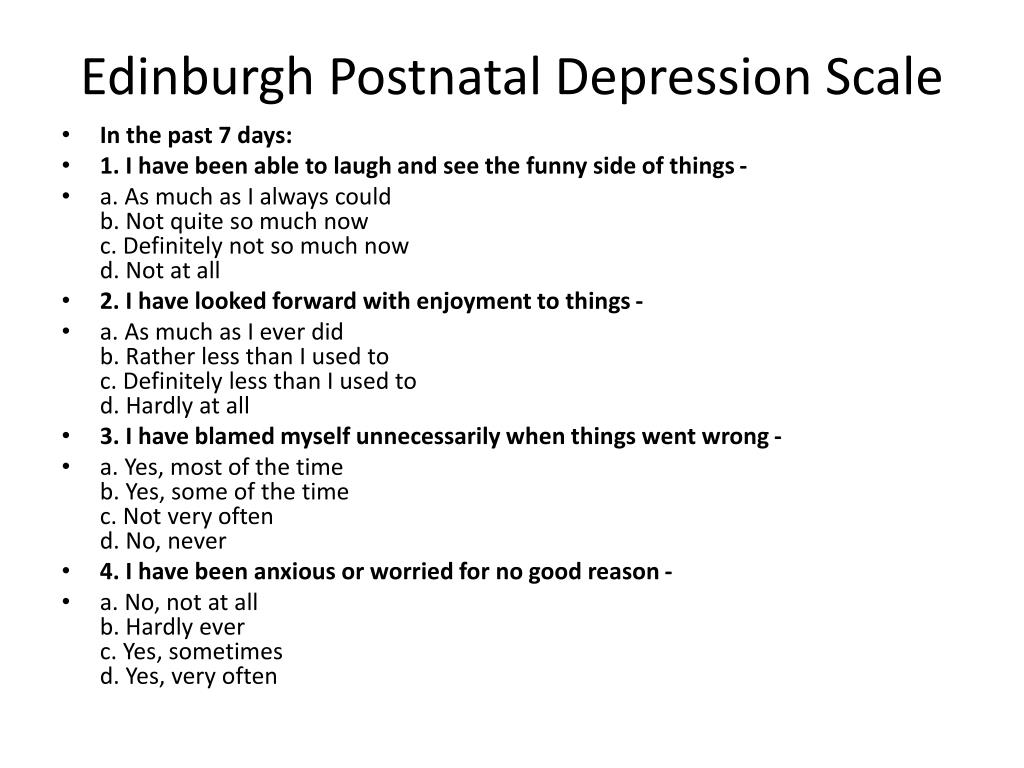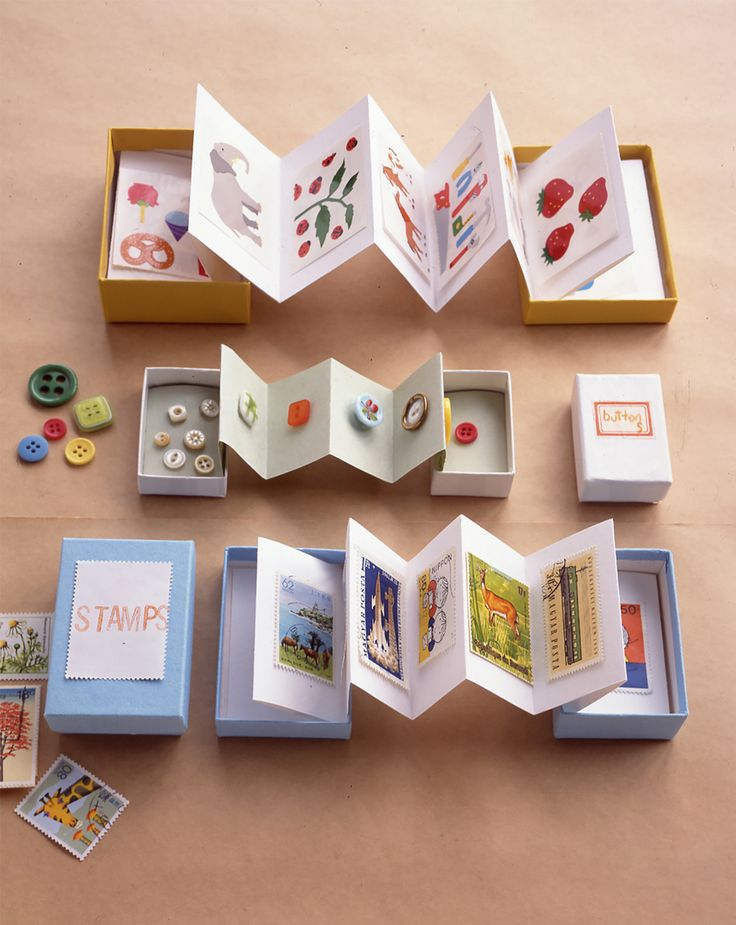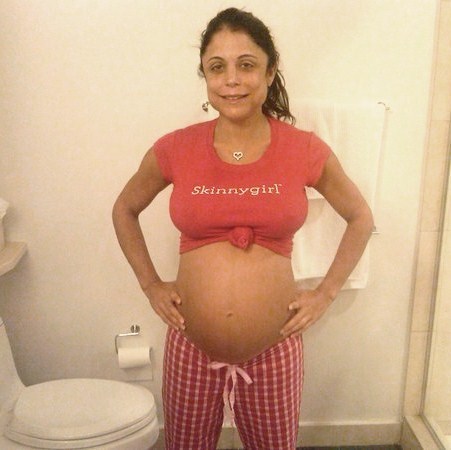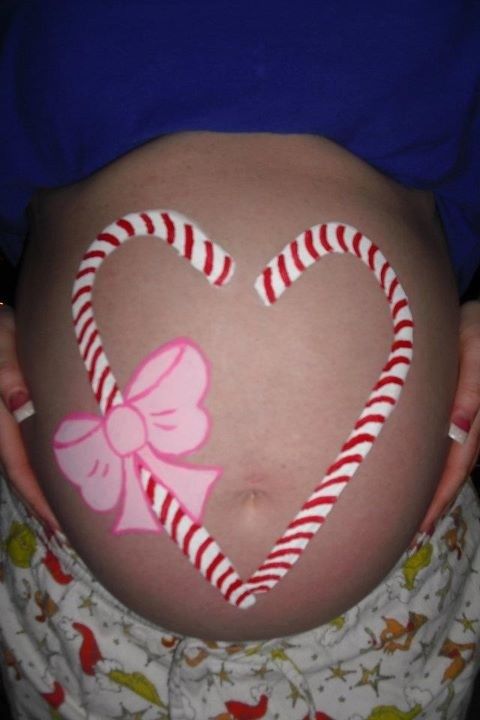Newborn baby poop breastfed
12 Types of Baby Poop & What They Mean
You can tell a lot about you baby’s health by what’s in his or her diaper. It’s normal to see a number of changes in your baby’s stools as he or she grows, drinks breast milk or formula and starts eating solids, but there are cases in which color and consistency may indicate infection. Use this baby poop guide to distinguish natural changes from warning signs that require a visit to the doctor’s office.
View the Infographic
Baby Poop Types
The scope of baby poop types considered “normal” depend on your baby’s age and feeding method.
1. Newborn Baby Poop
Your baby’s poop will look drastically different during his or her first few days after birth. Newborns have a greenish-black, tarry, sticky poop that resembles motor oil. This is called meconium and is made up of amniotic fluid, mucus, skin cells and other things ingested into the utero. Two to four days after birth, you should notice “transitional stools” that tend to be green and less tacky than meconium.
2. Breastfed Baby Poop
Breastfed baby poop is considered normal when it’s a mustard yellow, green or brown color. It is typically seedy and pasty in texture and may be runny enough to resemble diarrhea. Healthy breastfed stools will smell sweet (unlike regular bowel-movement odor).
3. Formula Fed Baby Poop
Healthy formula fed baby poop is typically a shade of yellow or brown with a pasty consistency that is peanut butter like. Formula-fed babies also pass fewer, but bigger and more odorous stools than breastfed babies.
4. Partially Digested Food in Baby Poop
Not all food is completely digestible and some foods travel so quickly through the intestines that they don’t break down completely. This can cause chunks of food to appear in your baby’s poop or for it to have a surprising color.
Baby Poop By Color
Don’t fear! Changes in baby poop color are normal. Usually, a different shade just means there is more or less of a pigment picked up during the digestive process.
5. Green Baby Poop
Babies that are given an iron-supplement will often have green baby poop. Green baby poop can also occur at 4 to 6 months when you introduce solid, green foods, such as pureed peas, spinach and beans, into your baby’s diet.
6. Orange, Yellow and Brown Baby Poop
Baby poop that is orange, yellow or brown in color is completely normal in breastfed and bottle fed babies.
7. Black Blood in Baby Poop
Oftentimes, if your baby’s poop has little specks of black blood in it, it means a baby has digested blood while breastfeeding on his or her mother’s cracked and bleeding nipples. Though this does not pose a threat to your baby, it’s a good idea to check with a doctor to make sure the blood is not a symptom of something more serious.
Baby Poop Warning Signs
Call your baby’s doctor right away if you notice any of these warning signs in his or her stools:
8. Runny Baby Poop
A baby’s diarrhea will be green, yellow or brown and runny.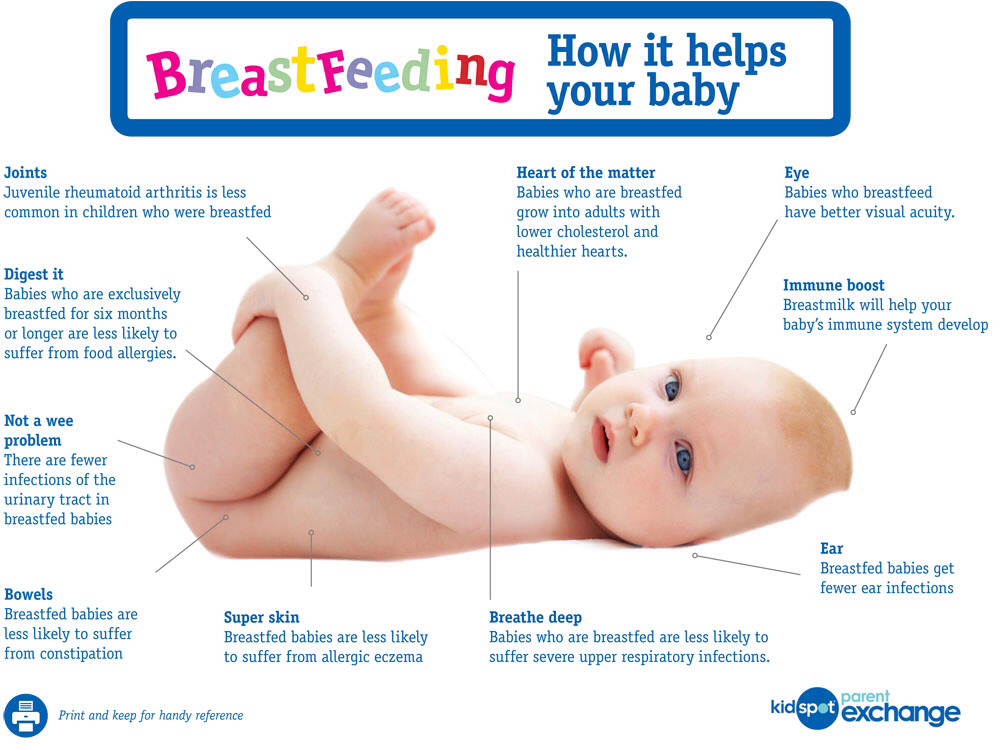 It can be an indication of an infection or allergy. If it goes too long without treatment, it may lead to dehydration.
It can be an indication of an infection or allergy. If it goes too long without treatment, it may lead to dehydration.
9. Hard, Pebble-like Baby Poop
Your baby may be constipated if his or her poop is hard and looks like pebbles. Babies can become constipated when they are being introduced to solid foods. This could also be a sign of sensitivity to milk or soy, or a lack of tolerance to something in breast milk or formula.
10. Red Blood in Baby Poop
While your baby’s poop can turn red because of something he or she ate or drank, such as tomatoes or fruit punch, red baby poop can be a sign of blood in the stool. Red blood found in normal poop could be a sign of a milk protein allergy, while red blood in diarrhea could mean your baby has a bacterial infection.
11. Mucus in Baby Poop
Seeing slimy, green-colored streaks with glistening strings in your baby’s poop means mucus is present. Although it can happen when your baby is drooling, mucus in baby poop can also be a sign of infection.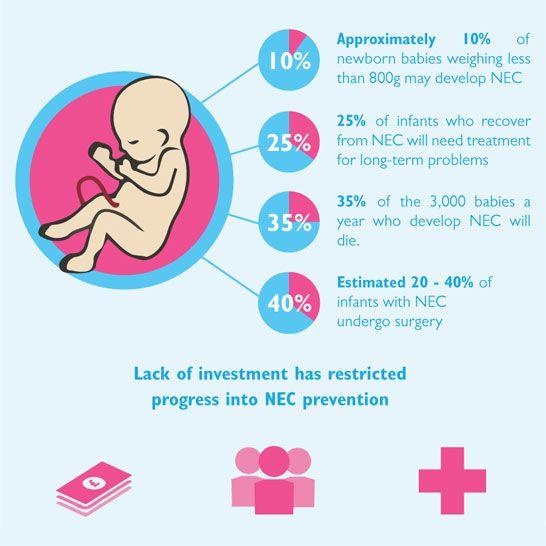
12. White Baby Poop
Chalky white baby poop could be a warning sign that your baby is not properly digesting food. A white color may indicate a lack of bile from the liver to digest food.
In the first few years, you will experience a full range of “normal” baby poop types that simply indicate your baby is healthfully growing and changing. When alarming changes occur, however, it’s important to contact your baby’s doctor as soon as symptoms arise.
Find a Pediatrician Near You
Baby Poop Infographic
Baby poop: Pictures of healthy and unhealthy stools
- Community
- Getting Pregnant
- Pregnancy
- Baby Names
- Baby
- Toddler
- Child
- Health
- Family
- Courses
- Registry Builder
- Baby Products
Advertisement
Photo credit: © Luke Mattson / Stocksy United
Baby poop comes in a variety of colors, and those colors can change depending on your baby's diet. Your newborn's very first poop, called meconium, is greenish-black and tarry. Breastfed poop is yellowish, soft, and seedy; while formula-fed poop is thicker and brownish in color. Solid food poop has more substance and a stronger odor. Babies can be constipated and have diarrhea, just like adults, which will make their poop look different than usual. These photos give you the full scoop on newborn poop. (A note for the squeamish: This gallery contains real photos.)
Your newborn's very first poop, called meconium, is greenish-black and tarry. Breastfed poop is yellowish, soft, and seedy; while formula-fed poop is thicker and brownish in color. Solid food poop has more substance and a stronger odor. Babies can be constipated and have diarrhea, just like adults, which will make their poop look different than usual. These photos give you the full scoop on newborn poop. (A note for the squeamish: This gallery contains real photos.)
What should baby poop look like?
Baby poop comes in a wide range of colors and a variety of textures, and deciphering what's normal and what's not can be puzzling to a new parent. If you're spending more time than you'd ever imagined staring quizzically at the contents of your baby's diaper, you're not alone! Bowel movements are one of the most common concerns parents ask their child's doctor about.
This baby poop chart will give you the full scoop on your newborn's bowel movements.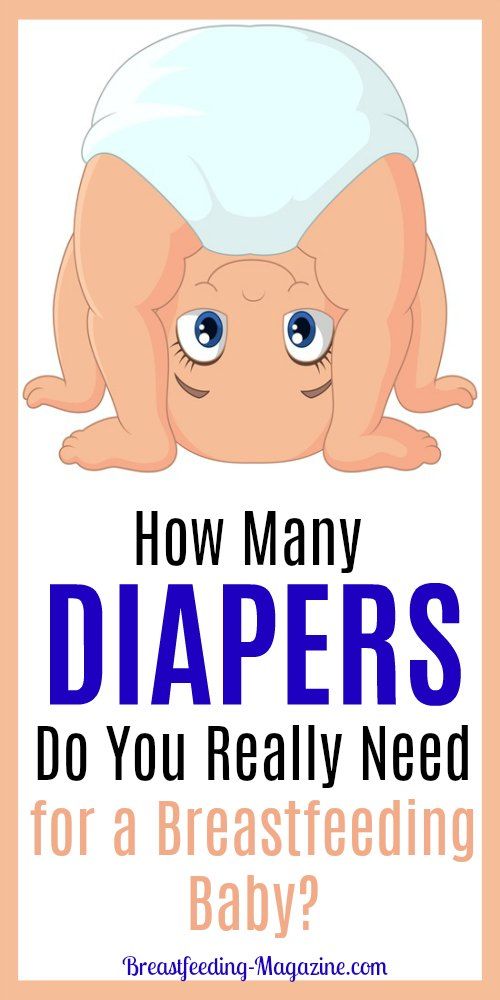 The following photos and information will help you understand which baby poop colors are normal and which ones warrant a call to the doctor as your newborn grows, drinks breast milk or formula, and starts eating solids. You'll find out what's harmless, and when there may be a cause for concern.
The following photos and information will help you understand which baby poop colors are normal and which ones warrant a call to the doctor as your newborn grows, drinks breast milk or formula, and starts eating solids. You'll find out what's harmless, and when there may be a cause for concern.
If you still have questions about your baby's bowel movements after reading this guide, don't hesitate to call or email photos of any questionable baby stools to your child's provider. (And for more helpful tips on when to call your baby's pediatrician, as well as other great safety info, check out our <a href="https://www.babycenter.com/courses/sso?redirectUrl=https%3A%2F%2Fcourses.babycenter.com%2Fcourses%2Finfant-cpr-first-aid-video-course" rel="sponsored" target="_blank">All-in-One Baby Safety Course with CPR</a>.)</p> <div data-promo-variant="cpr3" data-transform="coursePromo"><img alt=""/></div> <p>Note: These are pictures of real baby poop! Please view only if you're comfortable looking at them.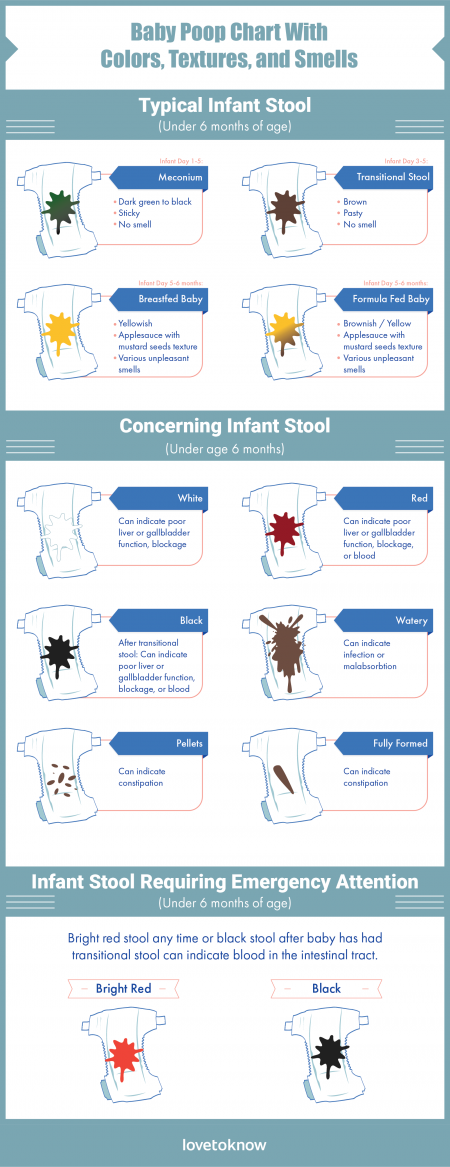 If not, you can read this <a href="/baby/diapering/baby-poop-guide_10319333">description without photos</a> instead, or <a href="/baby/diapering/baby-poop-guide-11-types-of-baby-poop_20000587">watch this animated video</a>.</p>
If not, you can read this <a href="/baby/diapering/baby-poop-guide_10319333">description without photos</a> instead, or <a href="/baby/diapering/baby-poop-guide-11-types-of-baby-poop_20000587">watch this animated video</a>.</p>
Newborn poop (meconium)
You may be surprised to learn that normal newborn poop doesn't look very normal at all. For your baby's first couple of bowel movements, expect to find a greenish-black, tarry, sticky sludge that kind of looks like motor oil when you open your newborn's diaper. Since meconium is made of mucus, amniotic fluid, dead cells, and other stuff your baby ingested in utero, it doesn't really smell – so you may not realize it's time for a diaper change.
When your baby is 2 to 4 days old, their poop will become lighter in color – sort of a yellowish green – and less sticky. This so-called transitional stool is a sign that they've started digesting early breast milk or formula and their intestinal tract is working just fine.
Photo credit: marima / Shutterstock.com
Breastfed baby poop
Normal breastfed baby poop, like as seen in this photo, is yellow or slightly green, and has a mushy or creamy consistency. It may be runny enough to resemble diarrhea, though baby diarrhea is usually very liquid in consistency. Breastfed poop typically looks like Dijon mustard and may be dotted with little seed-like flecks. Interestingly, it smells slightly sweet.
There are many shades of normal when it comes to breastfed baby poop. One you might see is a greener tone, which could signify that you ate something different than you normally do. If your baby isn't experiencing any other symptoms, there's no need to worry.
If you see bright green and frothy poop in your baby's diaper that almost looks like algae, they're probably getting too much foremilk – the low-calorie milk that comes first in a feeding – and not enough hindmilk, the higher-fat, super-nutritious stuff that comes near the end.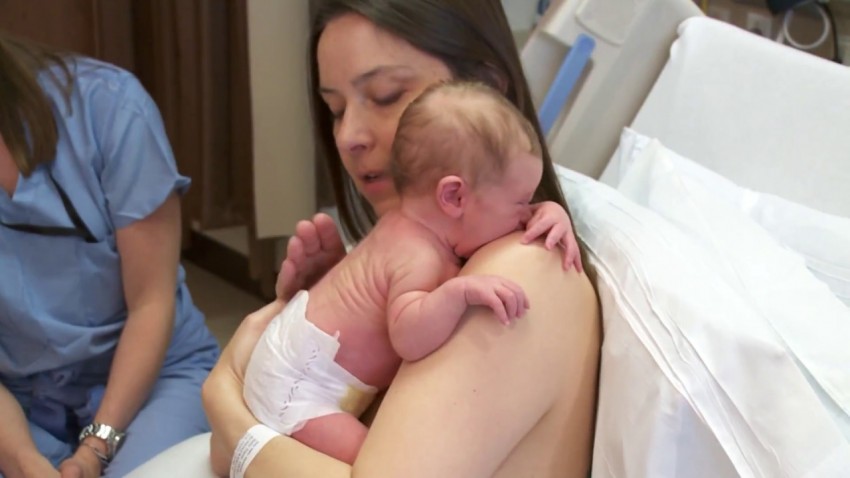 It could mean that you're not feeding your baby long enough on each breast. To remedy this, start each new breastfeeding session on the breast you ended on the last time.
It could mean that you're not feeding your baby long enough on each breast. To remedy this, start each new breastfeeding session on the breast you ended on the last time.
Formula-fed baby poop
Formula-fed babies have thick, pasty, peanut butter-like poop on the brown color spectrum. Its color ranges from tan-brown to yellow-brown or even greenish-brown.
The thicker consistency of formula is slightly harder to digest than breast milk, so some of its ingredients end up passing right through your baby's digestive system. Formula-fed baby poop is also more pungent than poop from breastfed babies, yet a little less pungent than poop from babies who are eating solid food, but you'll recognize the smell.
If at some point you decide to switch formula brands, expect the look – and feel – of your baby's poop to change. Its aroma might change, too.
Iron-fortified baby poop
Green baby poop is a sign of iron in your baby's formula. The iron in formula doesn't absorb as well as the iron in breast milk – hence the greenish hue. If you give your baby an iron supplement, their poop may turn dark green or almost black. This doesn't happen often, but it's normal.
If you give your baby an iron supplement, their poop may turn dark green or almost black. This doesn't happen often, but it's normal.
One thing: If your baby's poop looks blackish and they're not taking an iron supplement, it's a good idea to call their doctor. Rarely, blood in infant stool can turn poop a black color, which is called melena. Your child's doctor can make sure there's no stomach bleeding to worry about.
Solid food baby stool
Once you start introducing your baby to solid foods – infant cereal, pureed bananas, and so on – you'll almost instantly notice a change in their output, especially if your baby is breastfed. Solid-food poop tends to be brown or dark brown and thicker than peanut butter, but still mushy. Get ready: It's also much smellier than exclusively breastfed poop.
Expect the consistency of your baby's poop to change depending on what they've recently eaten. Some bowel movements may look hard and pebble-like, while others can have that runny, mustard-like consistency of breastfed poops. There's nothing to worry about unless your baby seems to be straining or goes more than a few days without going at all.
There's nothing to worry about unless your baby seems to be straining or goes more than a few days without going at all.
Baby stool with partially digested food
Occasionally your baby's poop will have identifiable chunks of food in it or be tinged with a surprising hue of the rainbow, like red, orange, or dark blue – this isn't something you need to worry about. Red could mean beets, orange suggests carrots, and dark blue implies blueberries (you may even see tiny pieces of blueberry skin in there, too).
You're likely seeing this because certain foods are only partially digestible or travel so quickly through the intestines that they don't have time to completely break down. It also happens when your baby eats a lot of one food or doesn't chew a mouthful completely before they swallow.
The time to call the doctor is if your baby's poop consistently has undigested food in it. Your baby's doctor will check to make sure their intestines are properly absorbing food and nutrients.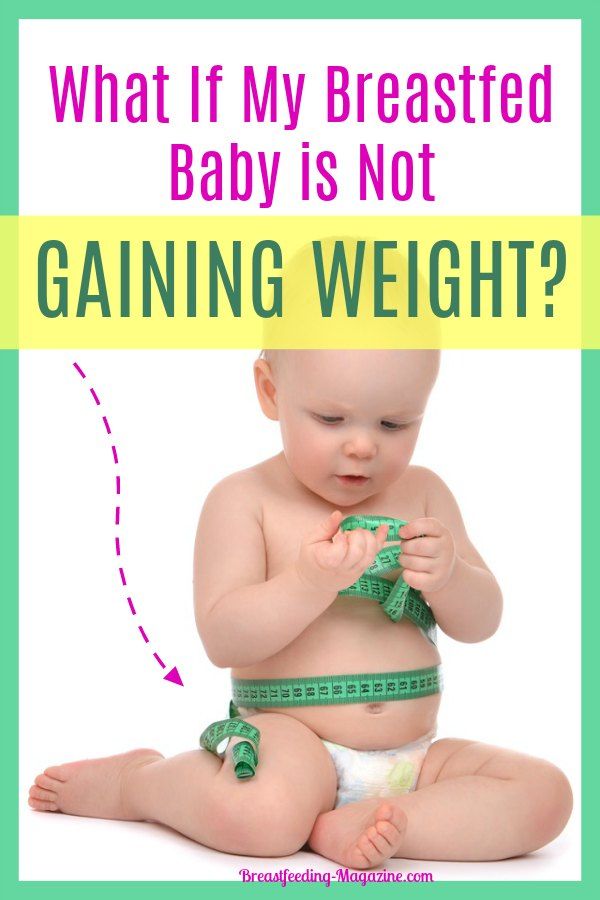
Photo credit: Original Shutter / Shutterstock.com
Baby diarrhea
Newborn diarrhea is very runny and looks like it's made up of more water than solid food. It can be yellow, green, or brown, and often can seep or "explode" out of their diaper.
Diarrhea can be a sign of an infection or allergy. If it lasts for a while without being treated, it can lead to dehydration. Call the doctor if your baby:
- Has signs of dehydration, such as crying without tears, dry lips, peeing less often than usual, or excess sleepiness
- Has diarrhea that doesn't go away after a few days
- Has visible blood or mucus in their diarrhea
- Has a fever along with the diarrhea
Photo credit: nutthapol Samjai / Shutterstock.com
Constipated baby poop
If your baby's poop is hard and looks like little pebbles, they're probably constipated. Your baby may look visibly uncomfortable when they're pooping, and the poop may be tinged with blood from irritating the anus on the way out.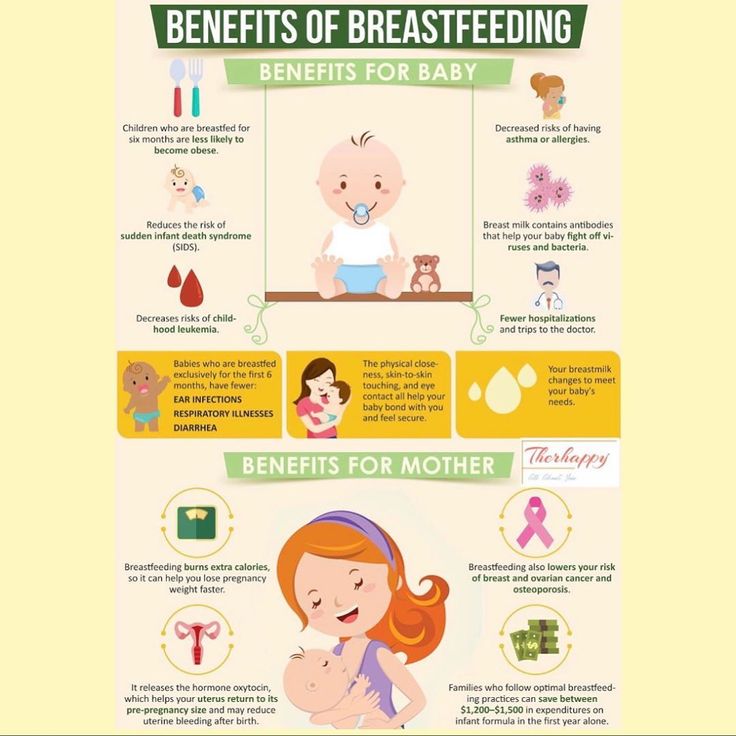 One or two pebbly diapers isn't a concern, but if the constipation doesn't improve, your baby is irritable, or you see blood in their stool, it's best to call their doctor.
One or two pebbly diapers isn't a concern, but if the constipation doesn't improve, your baby is irritable, or you see blood in their stool, it's best to call their doctor.
Constipation often happens in babies who are being introduced to solid foods, or it can be a sign that your baby isn't getting enough fiber in their diet. Your doctor may recommend giving your baby water, pear, or prune juice to help move things along.
Baby poop with mucus
Does your baby's diaper look like it's been slimed? Greenish poop streaked with shiny, glistening strings means there's mucus in it. This sometimes happens when a baby is especially drooly, since mucus in saliva often goes undigested. Drooling can be a sign that a tooth is about to pop.
Mucus in poop can also be a telltale sign of an infection or food allergy. Rarely, it could mean your baby isn't absorbing enough nutrients from breast milk or formula. If the mucus is accompanied by any other symptoms (such as diarrhea or a fever) or it shows up in your baby's diaper for two days or more, call their doctor to rule out any problems.
Photo credit: Katarzyna Uroda / Shutterstock.com
Blood in baby's poop
Seeing red in your baby's diaper can be frightening, to say the least. Many of the possible causes of blood in baby stool aren't serious, like small tears in the baby's anus from passing large poops, or a cow's milk allergy. (Despite its name, a cow's milk allergy is more of an intolerance, and most babies grow out of this by age 1. It will require you eliminating cow's milk from your diet, if you're breastfeeding, or switching your baby to a formula without cow's milk.)
Sometimes the blood in infant stool is bright red from bleeding closer to the surface, and sometimes it's black (which means it's been digested). Sometimes, red dye in food or medication can also turn stool slightly red.
Call your doctor if you notice:
- Normal poop tinged with red blood, which is often a sign of a cow's milk allergy
- Constipated poop with a hint of red blood, likely a result of tears in the anus or hemorrhoids
- Diarrhea mixed with red blood, which can signal a bacterial infection
When black blood appears in a baby's diaper – usually in little flecks that look like black poppy or sesame seeds – it's often because your baby is breastfed and swallowing blood from your cracked and bleeding nipples. While this is a sign that you need some pain relief, it doesn't pose a threat to your baby. Still, it's best to call your baby's doctor to make sure it's not something more serious, like bleeding from their intestines.
While this is a sign that you need some pain relief, it doesn't pose a threat to your baby. Still, it's best to call your baby's doctor to make sure it's not something more serious, like bleeding from their intestines.
Photo credit: Vadi Fuoco / Shutterstock.com
Chalky or white baby poop
Lots of seemingly frightening signs in your newborn's poop are nothing to worry about. Others, like white, grey, or pale-yellow stools, are good reason for concern. Pale stools can be a sign of biliary atresia – a blockage in the tubes that carry bile from the liver to the gallbladder. Bile is the greenish fluid that helps us digest food and gives poop its brown color.
If your baby's stool looks especially pale, call their doctor right away. Biliary atresia is rare, but babies diagnosed with it need surgery to fix the blockage. The procedure works best when it's done before a baby reaches the 2-month mark.
Photo credit: © Holly Clark / Stocksy United
Other related topics
Is it normal for my baby to poop after every feeding?
How to treat diaper rash
The best diapers
Was this article helpful?
Yes
No
Stephanie Watson
Stephanie Watson is a freelance health and lifestyle writer based in Rhode Island. When she’s not busy writing, Watson loves to travel, try new cuisines, and attend as many concerts, shows, and plays as she can fit into her busy schedule.
When she’s not busy writing, Watson loves to travel, try new cuisines, and attend as many concerts, shows, and plays as she can fit into her busy schedule.
Advertisement | page continues below
Advertisement
norm, how many times a day, color
So many experiences are connected with how a newborn baby "walks big". Mom is worried about the frequency of the stool, its color, consistency. So how do you determine if the crumbs are all right with digestion? Perhaps he needs help?
Many mothers know that it is very important to monitor the baby's stool, and during the examination, the pediatrician is always interested in how the baby walks in a big way. This information is one of the most important points in diagnosing the health of the crumbs. Unfortunately, quite often mothers mistakenly interpret the completely natural and safe states of the baby. And because of these mistakes, they can start unnecessary treatment and worry about the baby for no good reason.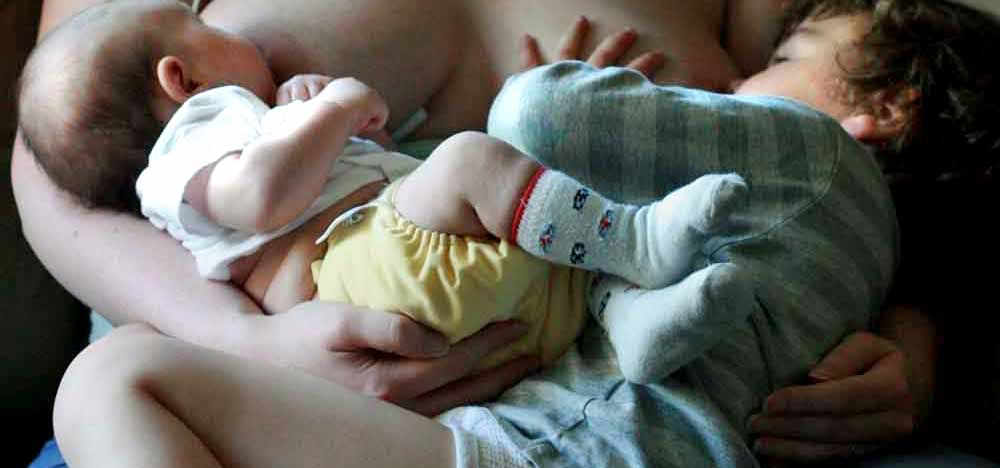 So let's figure out how a baby's chair should look like and when to worry and when not.
So let's figure out how a baby's chair should look like and when to worry and when not.
Immediately after childbirth
When the baby is in the mother's tummy, he receives all the necessary substances and trace elements through the umbilical cord. The digestive system of the crumbs does not work, but his stomach is not empty. The baby sucks his fingers, opens his mouth and thus swallows a small amount of amniotic fluid. When the baby is born, this substance will be in his intestines and will gradually come out as the baby is attached to the chest and his digestive system begins to work.
So, the first stool of the baby is meconium: dark, plasticine-like feces. So the baby recovers the first day or two. Sometimes it gives him discomfort: the baby worries, cries, pushes, before he manages to go big. However, this is not always the case - many children recover easily, only slightly pushing.
If everything is in order with the baby, he was put to the breast in time and fed on demand, then his stool gradually changes.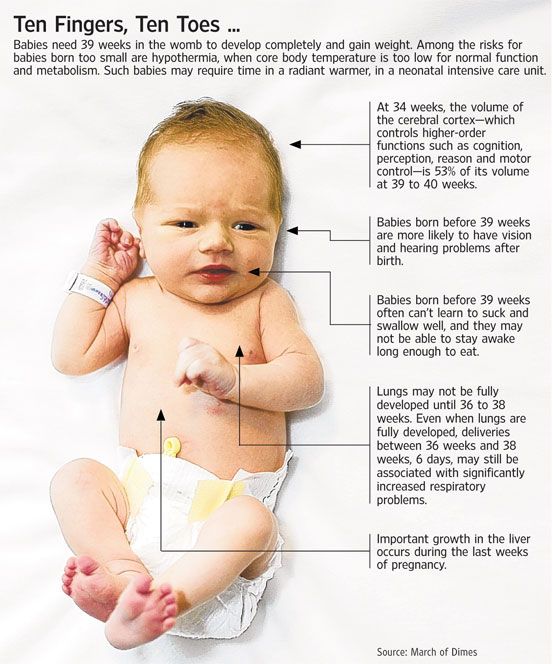 On the third or fifth day, the baby has the so-called "transitional stool", partly consisting of meconium, which is still in the gastrointestinal tract, partly from digested colostrum and milk. As a rule, streaks appear first in the meconium mass, then the feces gradually turn yellow. By the end of the first week, the baby's stool usually acquires the features of a normal infant: yellow, rather liquid.
On the third or fifth day, the baby has the so-called "transitional stool", partly consisting of meconium, which is still in the gastrointestinal tract, partly from digested colostrum and milk. As a rule, streaks appear first in the meconium mass, then the feces gradually turn yellow. By the end of the first week, the baby's stool usually acquires the features of a normal infant: yellow, rather liquid.
When should you worry? If the baby did not go down in a big way in the first two days, it is necessary to consult a doctor. There are children with individual characteristics who will continue to do this less often than most babies. However, the cause of the stool retention should be determined by the doctor. If the crumbs have some kind of problem with intestinal patency, help will be needed immediately, but you should not diagnose your baby without a doctor.
We are at home
On the third or fifth day, the mother receives milk, and the baby has a fairly stable stool by the end of the first week.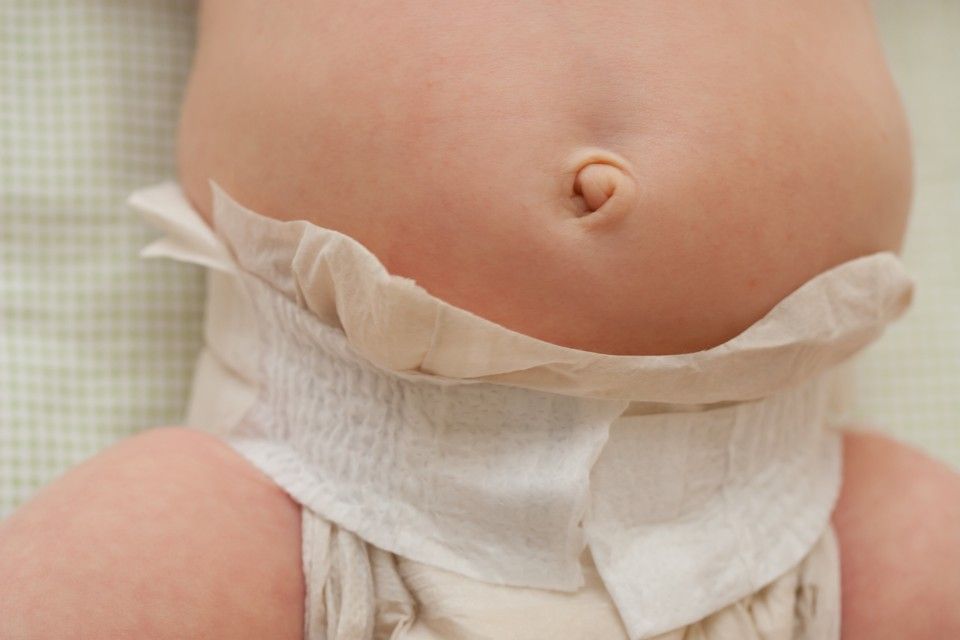 The literature sometimes says that the stool of newborns is "creamy", and this confuses mothers, who begin to suspect that something is not right with the crumbs. In reality, the stool of a healthy baby is liquid and not always homogeneous. The normal color of feces is yellow and its shades. You may notice lumps, a little mucus - it's not scary. Do not be afraid if the baby's feces have a greenish tint for up to three months due to the immaturity of the liver enzyme systems and the characteristics of bilirubin metabolism, such a condition has the right to be and also does not require treatment.
The literature sometimes says that the stool of newborns is "creamy", and this confuses mothers, who begin to suspect that something is not right with the crumbs. In reality, the stool of a healthy baby is liquid and not always homogeneous. The normal color of feces is yellow and its shades. You may notice lumps, a little mucus - it's not scary. Do not be afraid if the baby's feces have a greenish tint for up to three months due to the immaturity of the liver enzyme systems and the characteristics of bilirubin metabolism, such a condition has the right to be and also does not require treatment.
Many mothers sometimes worry that the baby's stool "suddenly" becomes watery and the baby walks in a big way with abundant gas, a sharp sound. Doctors in this case often suspect lactase deficiency. In reality, things usually go like this. In the period from 3 weeks to a month and a half, the baby has frequent growth spurts, so at certain moments the baby literally “hangs on the chest” to help the mother produce more milk.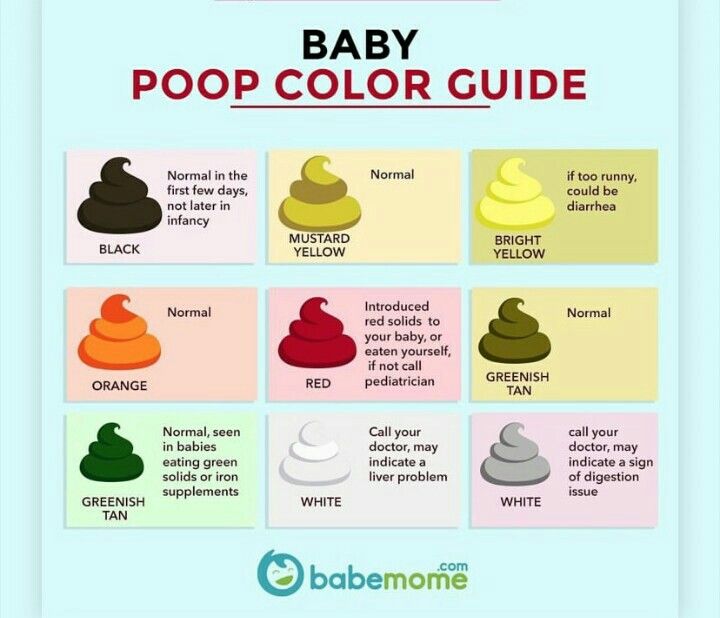 Within a day or a few, the baby needs to breastfeed more often and longer than before, and the mother begins to suspect that there is not enough milk. As a result, she often begins to shift the baby from one breast to another, and the baby receives mostly "forward" milk, which comes at the beginning of feeding from each breast. This milk is rich in carbohydrates and proteins, the baby is actively growing from it, however, the stool is liquid and gassy because of this milk (sometimes the “result” looks frothy if the baby is held over a pot or basin when he needs to clear out, and the mother can observe the consistency chair). In this situation, there is no need to panic - just the baby does not need to be constantly shifted from one breast to another, fearing that he is starving. Give the baby the opportunity to get "hind" milk, rich in fats, which will not cause flatulence and stay longer in the intestines.
Within a day or a few, the baby needs to breastfeed more often and longer than before, and the mother begins to suspect that there is not enough milk. As a result, she often begins to shift the baby from one breast to another, and the baby receives mostly "forward" milk, which comes at the beginning of feeding from each breast. This milk is rich in carbohydrates and proteins, the baby is actively growing from it, however, the stool is liquid and gassy because of this milk (sometimes the “result” looks frothy if the baby is held over a pot or basin when he needs to clear out, and the mother can observe the consistency chair). In this situation, there is no need to panic - just the baby does not need to be constantly shifted from one breast to another, fearing that he is starving. Give the baby the opportunity to get "hind" milk, rich in fats, which will not cause flatulence and stay longer in the intestines.
In this situation (when the baby suddenly begins to clearly suck more milk), the mother may feel insecure and start drinking lactic teas. From this, more carbohydrates again begin to flow into her milk and the baby's stool becomes more liquid and with gases.
From this, more carbohydrates again begin to flow into her milk and the baby's stool becomes more liquid and with gases.
Similar problems due to "front" milk occur in the case of improper attachment to the breast, as a result of which the baby swallows the air and interrupts feeding itself, or simply cannot get "hind" milk. The best way out in this situation is to consult with a breastfeeding specialist to correct the application technique and stop panicking that the baby "does not have enough milk."
In short, don't worry if your baby has problems with this type of stool. Of course, the flora of his intestines is unstable, it is just beginning to be established - it takes at least three to four months. Your task is simply to feed the baby on demand and correctly and not to rush to treat him for imaginary diseases.
Delayed stool
Mothers worry not only about the appearance of the stool, but also because of its periodicity. How often should the baby "do things"? Normally, the baby walks in a big way several times a day, usually after feeding.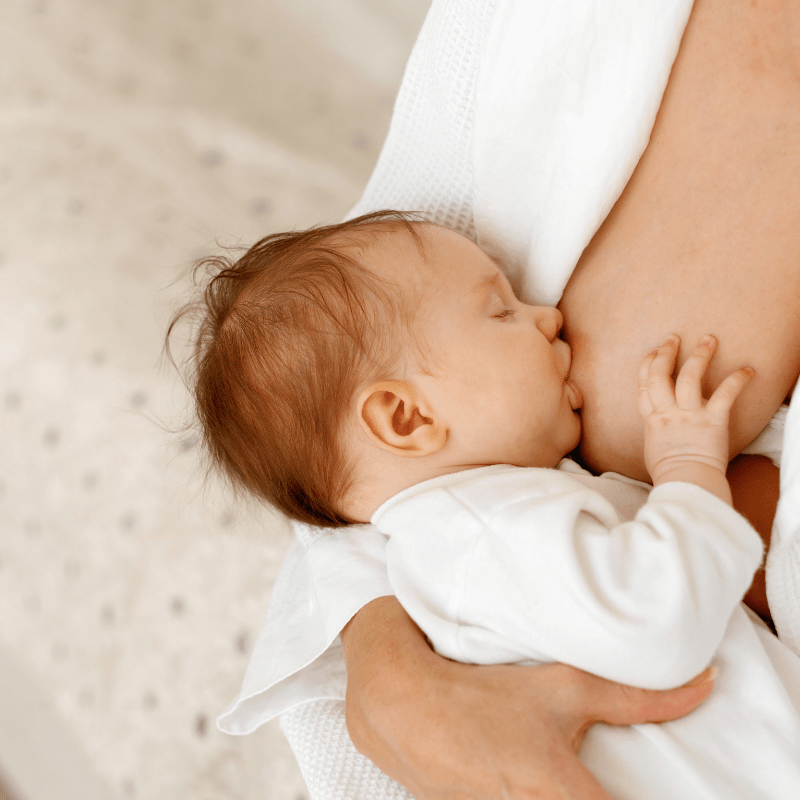 However, in some children, the norm may be a chair and once a day, and even once every few days. Typically, these children have an anatomically weak anterior abdominal wall and intestinal motility. Such a periodicity of the stool can be considered the norm, if the baby still walks more regularly, the stool is of normal consistency and, in general, the baby is cheerful and cheerful and does not suffer from colic. It's not worth worrying. However, if the baby is allergic, then you need to do everything possible so that he goes to the toilet at least once a day. Atopic dermatitis is much more severe if the baby does not empty the intestines often enough - consult a doctor about this.
However, in some children, the norm may be a chair and once a day, and even once every few days. Typically, these children have an anatomically weak anterior abdominal wall and intestinal motility. Such a periodicity of the stool can be considered the norm, if the baby still walks more regularly, the stool is of normal consistency and, in general, the baby is cheerful and cheerful and does not suffer from colic. It's not worth worrying. However, if the baby is allergic, then you need to do everything possible so that he goes to the toilet at least once a day. Atopic dermatitis is much more severe if the baby does not empty the intestines often enough - consult a doctor about this.
Babies also have physiological delays in stool at the age of one and a half to five months. Here it is important to monitor the condition of the baby. If he experiences discomfort, you should consult a doctor. Children can hold back their stools for psychological reasons, just as adults sometimes cannot go to the toilet if they are nervous. Do not panic because of a one-time problem, but if the problem persists or recurs, consult your doctor.
Do not panic because of a one-time problem, but if the problem persists or recurs, consult your doctor.
However, in babies there are not just "delays" of the stool, but also real constipation. Constipation is called not only when the baby does not go to the toilet at all, but also feces "peas", overdried, when a bowel movement is difficult. What could be the reason?
Regular constipation is usually caused by improper feeding of the crumbs. However, this condition can also occur if the mother does everything right, but she has her own health problems, for example, with the thyroid gland. Medications can also be the cause of constipation. For example, intestinal weakness is provoked by all kinds of sedative mixtures and drugs, which are often prescribed to children by neurologists at an early age. Even cough medicines or tooth gels can cause constipation. In any case, the doctor should deal with this. You should not give your baby medicines and laxatives on your own, or act on it mechanically with an enema or gas tube. It is better to discuss with the doctor the issues of feeding, drug treatment and the lifestyle of the baby - so you can understand the problem.
It is better to discuss with the doctor the issues of feeding, drug treatment and the lifestyle of the baby - so you can understand the problem.
Weaning time
Of course, when you start to introduce complementary foods, the baby's stool pattern changes. First of all, you need to remember that the task of the first complementary foods (at 5, 6 months) is not to feed, but to help adapt to new tastes, to new food. Give the baby complementary foods in the amount of "lick" and only gradually move on to doses "with a marigold" or "half a teaspoon". Recall that you need to introduce one product into the diet of crumbs so that you can understand how and what the baby reacts to. Quite often, as soon as we give the baby “with a fingernail” some food, it is not digested - we find the product in the feces almost in its original form. Within one or two days, this is normal, the baby’s body has not figured out the new component in the stomach, but if this continues on the third day, the product must be removed from the diet, since it is obvious that the baby is not yet ready to accept it.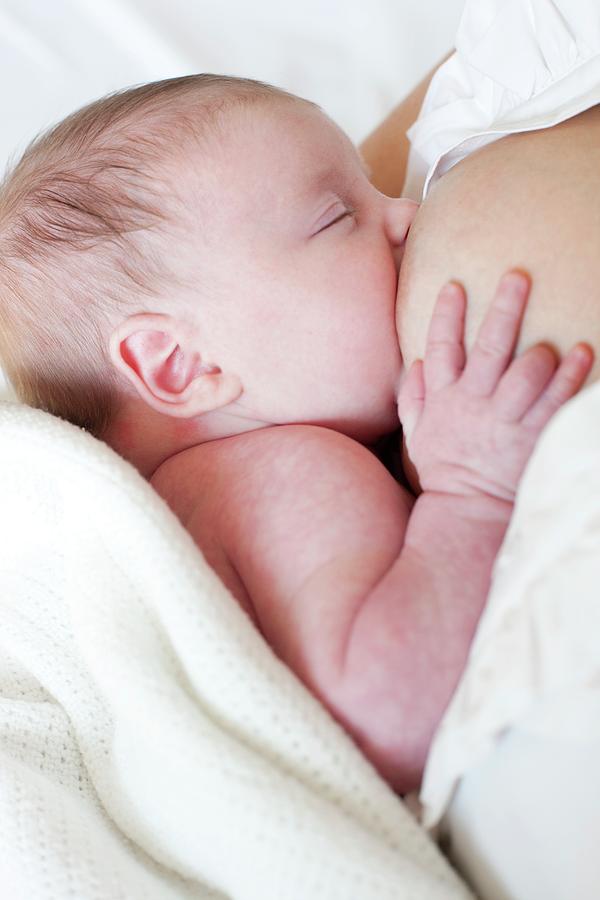 You need to take a break for a week or two, without offering the baby anything but the breast, then try again with another product.
You need to take a break for a week or two, without offering the baby anything but the breast, then try again with another product.
The baby's body can also react more violently, for example, with loose stools and abdominal pain, and sometimes with allergies. In this case, you also need to cancel the product and keep the baby breastfed so that the gastrointestinal tract calms down.
When you introduce protein to your baby, he may react with constipation. To avoid this, you need to remember simple rules. Proteins require more liquid, so if this is your baby's first food (for example, cottage cheese), give him more breast milk. If you started introducing proteins when the baby is already drinking liquid, provide him with a drink. Do not worry about the fact that the introduction of new products has to be postponed - nothing terrible will happen to the baby. And be especially calm about the opinion that at 6-7 months the child needs to be given meat products so that he grows well. Not all children are able to absorb such a protein; for many, even a homogenized meat product at this age will lead to constipation and overload the kidneys. Let the baby eat breast milk for a longer time and receive vegetables and fruits as complementary foods - this way you will avoid many problems with the stool.
Not all children are able to absorb such a protein; for many, even a homogenized meat product at this age will lead to constipation and overload the kidneys. Let the baby eat breast milk for a longer time and receive vegetables and fruits as complementary foods - this way you will avoid many problems with the stool.
In general, mothers' concern about baby's stool is quite justified: after all, this is an important diagnostic symptom that allows you to understand a lot about the baby's condition. However, it must be remembered that not all situations require intervention, and most problems can be solved simply by correcting feeding mistakes. Do not rush to treat the baby and resort to medication, start with a diet.
Text: Anna Babina
Consultant: Olga Ivanovna Tkach, pediatrician, Center for Traditional Obstetrics
Newborn stool
The problem of stool in newborns and infants is of concern to almost all parents now. Especially many questions and doubts arise among those who have become mom and dad for the first time.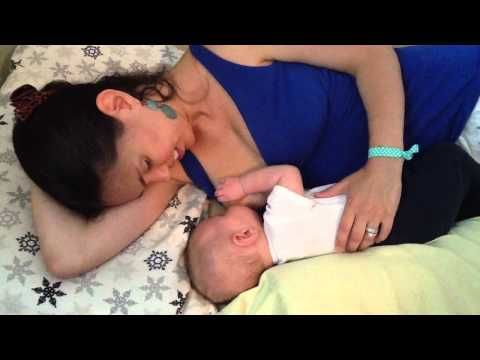
If you think that something is wrong with your baby, do not panic - it is better to first tell the doctor about the reasons for concern.
How should a newborn's stool be?
The first stool in newborns appears within the first twelve hours after birth and is called meconium, or original feces. It is a thick viscous mass of dark green (olive) color. Meconium is released one or two, less often - three days. Further, the nature of the stool of a newborn child changes. It becomes more frequent, heterogeneous in consistency (lumps, mucus, liquid part) and in color (areas of dark green color alternate with greenish-yellow and even whitish), more watery. The frequency of stools can reach up to six or more times a day. Such a stool is called transient, and the condition is called transient intestinal catarrh
After two to seven days, the stool becomes uniform in consistency (mushy) and color (yellow), ceases to contain mucus and occurs somewhat less frequently.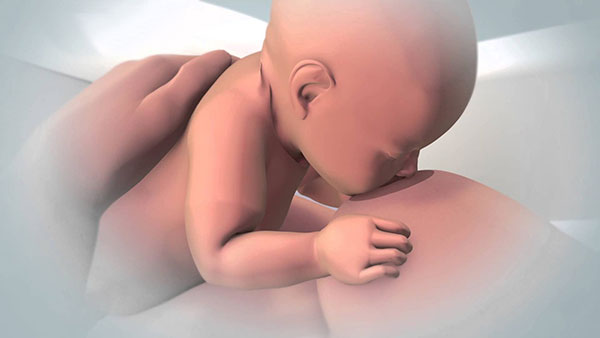 Such a rapid extinction of inflammation in the intestine is facilitated by breastfeeding, the joint stay of mother and child, the rejection of bottles and nipples in the hospital. It is very important that a baby's first and only food is breast milk. The first drops of colostrum received by a child immediately after birth and during the first days of life are invaluable for the formation of normal intestinal microflora. For a good development of lactation in a mother, it is important to put the baby to the breast as often as possible from the first days of life, not to limit the time and number of feedings. It is undesirable to supplement the child with water from a bottle, and even more so to feed him with a mixture. This will disrupt the process of normal adaptation of the intestine and may further lead to a protracted course of the inflammatory process.
Such a rapid extinction of inflammation in the intestine is facilitated by breastfeeding, the joint stay of mother and child, the rejection of bottles and nipples in the hospital. It is very important that a baby's first and only food is breast milk. The first drops of colostrum received by a child immediately after birth and during the first days of life are invaluable for the formation of normal intestinal microflora. For a good development of lactation in a mother, it is important to put the baby to the breast as often as possible from the first days of life, not to limit the time and number of feedings. It is undesirable to supplement the child with water from a bottle, and even more so to feed him with a mixture. This will disrupt the process of normal adaptation of the intestine and may further lead to a protracted course of the inflammatory process.
Features of nutrition and stool of a newborn
The nature of the stool of a newborn depends on several factors, and first of all, on the type of feeding. The stool in breastfed newborns is more frequent and in the first months it can be after each feeding (up to seven to eight times a day). It is usually quite liquid, yellow in color, may contain white lumps and has a characteristic sour smell. As the child grows and his intestines mature, the stool becomes rarer, thicker, and homogeneous in consistency. By three or four months, it often acquires a certain regularity during the day. The stool of a breastfed baby depends on the foods that the nursing mother herself consumes. This dependence decreases as the child grows older.
The stool in breastfed newborns is more frequent and in the first months it can be after each feeding (up to seven to eight times a day). It is usually quite liquid, yellow in color, may contain white lumps and has a characteristic sour smell. As the child grows and his intestines mature, the stool becomes rarer, thicker, and homogeneous in consistency. By three or four months, it often acquires a certain regularity during the day. The stool of a breastfed baby depends on the foods that the nursing mother herself consumes. This dependence decreases as the child grows older.
Artificial baby stool is rarer. By the end of the first month, it can be once or twice a day. It is thick, dark yellow and has a characteristic fecal odor. Both with natural and artificial feeding, there should be no impurities of mucus and blood in the stool.
After the introduction of complementary foods, the character of the stool begins to change. It may contain the remains of vegetables and fruits that the child receives as food (pieces of carrots, cabbage, banana threads), its frequency and color may change. The less milk a baby receives, the less yellow his stool is. By the age of one, subject to the formation of a varied diet in a child, his stool approaches in appearance the stool of an adult.
The less milk a baby receives, the less yellow his stool is. By the age of one, subject to the formation of a varied diet in a child, his stool approaches in appearance the stool of an adult.
Newborn stool problems
Unfortunately, babies often have bowel problems these days. The first signs of trouble are usually the baby's anxiety, his piercing cry. At the same time, the baby is usually not hungry and breastfeeding does not bring him relief. The child has a swollen belly, he twists his legs, screams loudly. He can calm down for a short time, and then everything starts all over again. The baby calms down only after the vent tube is placed: at the same time, a large amount of gases leaves, stool appears, and then the tummy becomes soft and the child falls asleep.
Another characteristic symptom of distress is crying during feeding .
When attached to the breast, the child begins to suckle greedily, but after a few minutes he drops the breast, he is worried.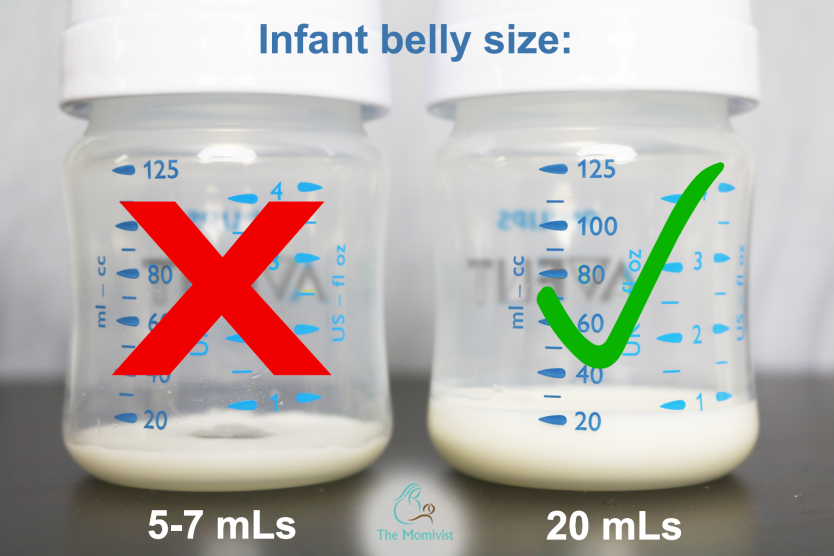 This is due to increased intestinal motility when food enters the stomach, which leads to the appearance of intestinal colic. The reason for the malaise usually lies in the fact that the process of formation of the normal intestinal microflora is disturbed in the child. Conditionally pathogenic microorganisms appear in the intestine, which leads to an increase in fermentation processes and increased gas formation. Gases stretch the walls of the intestines, peristalsis is disturbed, cramping abdominal pains appear. As a result, an inflammatory process develops in the intestine. All this leads to a change in the nature of the stool. It becomes watery, with an admixture of greenery or just green, with mucus, sometimes you can see streaks of blood.
This is due to increased intestinal motility when food enters the stomach, which leads to the appearance of intestinal colic. The reason for the malaise usually lies in the fact that the process of formation of the normal intestinal microflora is disturbed in the child. Conditionally pathogenic microorganisms appear in the intestine, which leads to an increase in fermentation processes and increased gas formation. Gases stretch the walls of the intestines, peristalsis is disturbed, cramping abdominal pains appear. As a result, an inflammatory process develops in the intestine. All this leads to a change in the nature of the stool. It becomes watery, with an admixture of greenery or just green, with mucus, sometimes you can see streaks of blood.
In the future, the child may experience regurgitation, rashes on the skin, and a decrease in the rate of weight gain will begin. This indicates the development of an acute inflammatory process in the intestines, accompanied by dysbacteriosis, and is the reason for the obligatory visit to the doctor.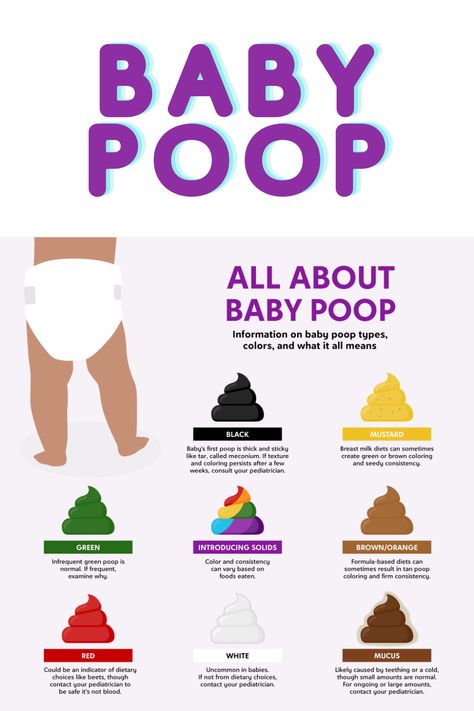 The situation may look different. Nothing bothers the child, he eats well, does not spit up, gains weight well. He rarely cries and mostly when he is hungry. At the same time, the stool is liquid, watery, with an admixture of mucus and white lumps. As a rule, this condition does not require active treatment. The reason for the "bad" stool is the protracted process of adaptation of the intestine to the conditions of extrauterine life. The doctor may prescribe preparations of the normal intestinal microflora (for example, bifidumbacterin) to facilitate and accelerate the adaptation processes. As the child grows, after the introduction of solid food (complementary foods) into the diet, the stool returns to normal.
The situation may look different. Nothing bothers the child, he eats well, does not spit up, gains weight well. He rarely cries and mostly when he is hungry. At the same time, the stool is liquid, watery, with an admixture of mucus and white lumps. As a rule, this condition does not require active treatment. The reason for the "bad" stool is the protracted process of adaptation of the intestine to the conditions of extrauterine life. The doctor may prescribe preparations of the normal intestinal microflora (for example, bifidumbacterin) to facilitate and accelerate the adaptation processes. As the child grows, after the introduction of solid food (complementary foods) into the diet, the stool returns to normal.
Neonatal constipation
It usually affects formula-fed babies. The frequency of stools in an infant receiving formula is one to two times a day. The older the child gets, the less often he has stools. However, it is impossible to judge the presence or absence of constipation in a baby only by the frequency of the stool.